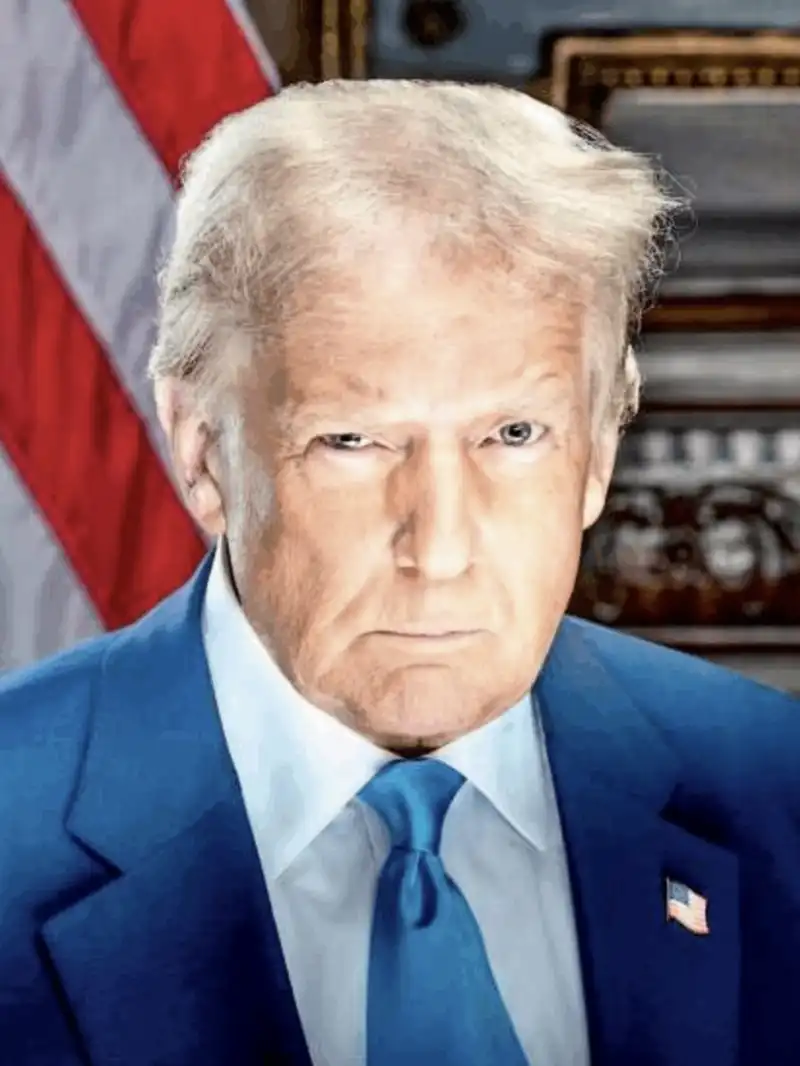Did a video circulating online truly capture the reaction to Donald Trump at Super Bowl LIX? The preponderance of evidence indicates that the viral videos purporting to show former President Donald Trump being booed at the 2025 Super Bowl are misleading and based on manipulated or miscontextualized footage.
The internet, a vast and often chaotic landscape, frequently churns out content that demands careful scrutiny. In the immediate aftermath of Super Bowl LIX, a game that saw the Philadelphia Eagles triumph over the Kansas City Chiefs in New Orleans, Louisiana, several videos surfaced suggesting a hostile reception for Donald Trump. These videos, many originating from platforms like X (formerly Twitter) and TikTok, depicted Trump and his wife, Melania, walking onto the field while seemingly being booed by the crowd. Some videos even included superimposed text, such as Boo The Bast-rd, further fueling the narrative of disapproval.
However, a closer examination of these videos and the circumstances surrounding their creation reveals a more complex reality. The original footage, as confirmed by multiple fact-checking organizations, dates back to January 2020. This means that the purported booing occurred not at the 2025 Super Bowl, but at a completely different event. The audio, in many cases, appears to have been altered or added to the video to create the illusion of a negative reception. The timing and the source of the video clip were crucial in determining its authenticity. The video was uploaded days before the actual Super Bowl, with a caption encouraging the viewers to “do it.” This raises serious questions about the intent behind the video’s creation and distribution.
The 2025 Super Bowl, a major sporting event, inevitably attracts a wide range of reactions. The presence of a former president, a figure known for his polarizing views, would naturally elicit mixed responses. Some attendees would likely have cheered, while others might have expressed their disapproval. The context of the event is critical to understanding the authenticity of any video.
To further clarify, here's a summary table compiling information about the individuals and the events in question. Given that the primary focus here is on the misrepresentation of events, we'll outline details related to the core figure involved and the pertinent event, as well as links to reputable sources:
| Subject | Details | Event/Context | Further Information |
|---|---|---|---|
| Donald J. Trump |
|
|
Additional notes: The viral videos' authenticity has been widely challenged by fact-checkers. |
| Super Bowl LIX |
|
|
Additional notes: The event was marked by victory for the Philadelphia Eagles. |
The fact-checking process, in this instance, involved several key steps. First, investigators sought out the original source of the video. This is essential to determine the context in which it was recorded. The date and time of the original footage were carefully checked against the date of Super Bowl LIX. Second, the audio was analyzed for any signs of manipulation. This included looking for edits, added sound effects, or discrepancies that did not match the environment. Finally, the video was cross-referenced with other verified reports and accounts from the event to determine the accuracy of the claim.
The circulation of misinformation has become an increasingly pressing concern in the digital age. Social media platforms and other online channels make it easy to disseminate false or misleading information, often with significant consequences. This particular instance serves as a clear example of the potential for deceptive content to spread quickly and widely, influencing public perception and potentially distorting the truth.
In an era of instant information and rapid dissemination, the ability to distinguish between fact and fiction is critical. This incident underscores the importance of media literacy and critical thinking. Readers are encouraged to evaluate information carefully, consider the source, and verify claims before accepting them as truth. The prevalence of these misrepresentations poses a significant challenge to the integrity of the public discourse. It is important to highlight the ways in which digital manipulation can create false impressions and misinform the public.
The Super Bowl, as a cultural touchstone, invariably draws intense interest and scrutiny. Consequently, the appearance of a prominent figure at such an event becomes a subject of public interest, and this creates an environment where misinformation can easily spread. The speed with which these videos were created, shared, and consumed is concerning, showing how swiftly manipulated content can gain traction.
The incident serves as a cautionary tale about the dangers of online misinformation and the importance of fact-checking. It underscores the need for viewers to be vigilant and skeptical, particularly when encountering emotionally charged content. Media literacy and critical thinking are vital tools in navigating the complex and often-misleading landscape of the internet.
The response to the Super Bowl incident also raises questions about the broader context of political discourse and public perception. The videos, with their manipulated content, were designed to influence public opinion and support pre-existing views about the former president. It is imperative to recognize how social media algorithms can amplify these types of content, leading to the formation of echo chambers.
In conclusion, the videos purporting to show Donald Trump being booed at Super Bowl LIX are misleading. Through careful investigation and analysis, it has been determined that the original footage does not reflect the actual events that occurred at the Super Bowl. The evidence suggests that the videos were either miscontextualized or manipulated to create a false impression. The spread of such misinformation has far-reaching implications. It underscores the importance of media literacy, critical thinking, and fact-checking in a digital age.

